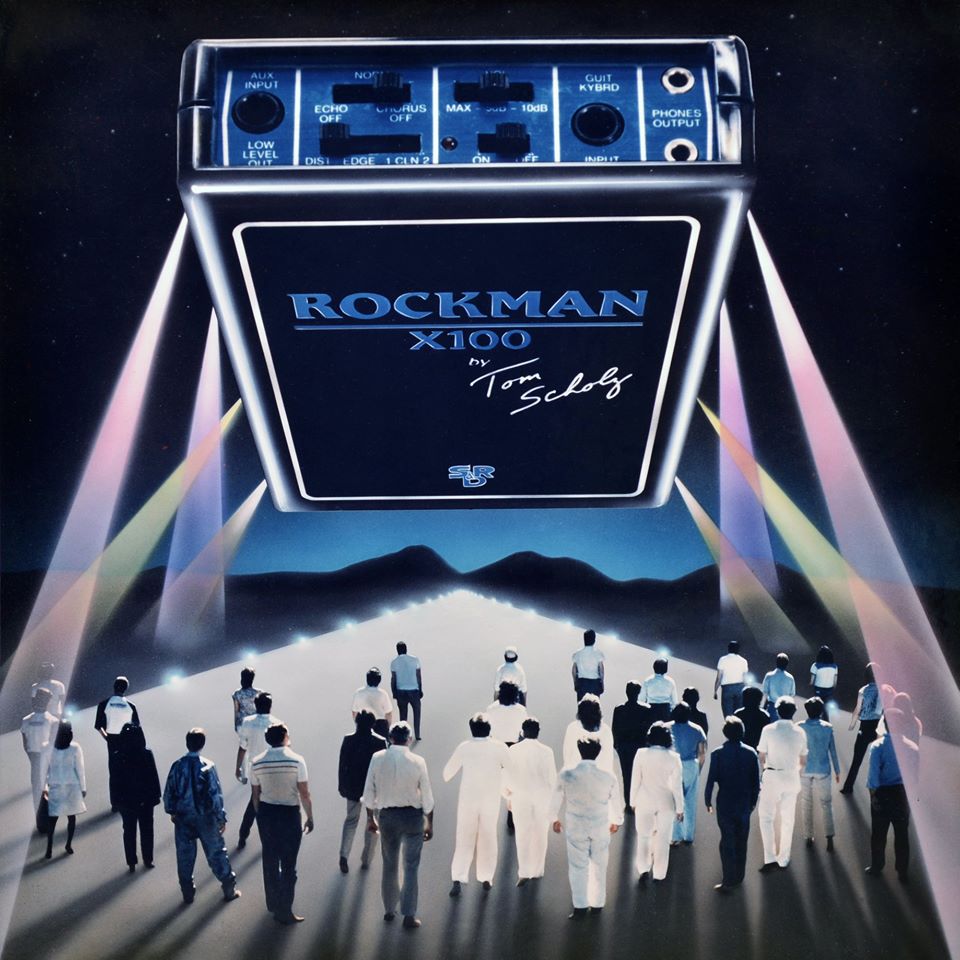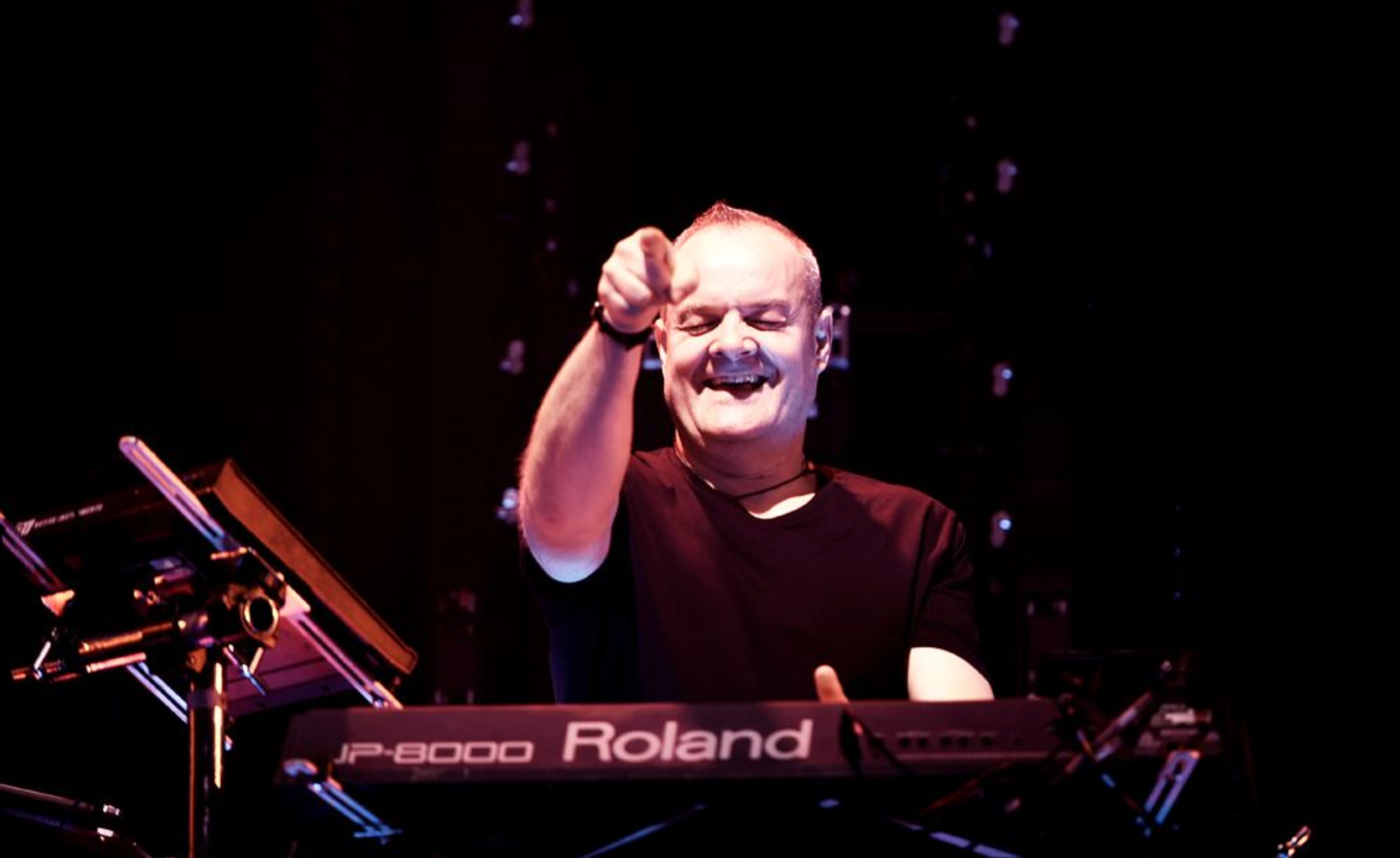If you like 80’s music, you’ve heard the Yamaha DX7.
The DX7 was one of the world's first sort of attainable FM Synths, a follow up to the decidedly not attainable Yamaha DX1, that was $14,000 in 1982 money (For comparison, a new VW Rabbit was $5,990.). We say sort of because it was $1,995 which is about $6,200 in today's money, but instead of being the price of more than two VW Rabbits, was about a third of one, and 1/7 the price of a DX1 (Aside, using a Volkswagen as an inflation calculator still makes more sense than most standard US units of measurement.).


FM Synthesis is digital, and very much sounds like it. It is cold, and it is harsh, especially compared to the analog synths that preceded it, but because it did a much better job of emulating the actual instruments the presets were named for, plus having a new sound, it immediately gained a following. While we absolutely love the string sounds on analogs like the CS-80 and Polymoog--like we will throw down over this--we have to admit, they don’t sound like actual strings any more than a Minimoog sounds like an actual electric bass. While to modern ears the DX7 presets don’t really sound like the real things, at the time, they were a revelation. Apparently those maniacs had grown tired of the beautiful sound of analog and wanted harsh emulation. Also, as an added bonus, they were much less temperamental than the analog synths of the day. Studio time is really expensive and touring is hard enough even if your instruments are behaving, so you don’t want to be spending time fighting with the tuning and moods of your analog synths. The DX7 was stone cold reliable in studio and on tour.
However, the flip side is that you needed to practically be a physicist to program it. Auteurs like Brian Eno dedicated themselves to the task and shared his knowledge with new patches, but most artists just rolled with the presets that came with it, and since there weren’t that many, the presets became the musical colors of the decade. That said, unlike current trends where sound design seems to be the driver behind a lot of music, songwriting carried the day, so you had a lot of very disparate music using the same sounds.
Now let's break out our neon everything and Franky Says Relax shirts, and here is our DX7 bass presets playlist (The Bass 1 Preset was EVERYWHERE).
Kenny Loggins - Danger Zone
Here's the E. Bass from ROM#3
A-Ha - Take On Me
Same patch as above.
Michael Jackson - Another Part of Me
Should sound familiar...
Tears For Fears - Everybody Wants To Rule The World
This track uses the ROM1B 32-Bass 4 patch for the swing.
Depeche Mode - People Are People
The bass line is back to the E. Bass 1, and as a bonus, you get to hear some Tubular Bells.
Berlin - Take My Breath Away
Here's Preset 16 Bass 2, also known as the Fretless Bass with a ton of Reverb and Chorus on it.
Commodores - Night Shift
Same patch as Berlin...
Cyndi Lauper - Change Of Heart
Let's go back to the E. Bass.
New Order - Bizarre Love Triangle
Every time I think of you I hear the same DX7 from a Cyndi Lauper song.
Baltimora - Tarzan Boy
We'll wrap it up.
Now that you know what it sounds like, take a drink every time you hear it. Actually that's a terrible idea unless you're drinking water... New hydration plan, if you don't drink enough water, listen to 80's music and take a drink every time you hear a DX7 bass patch, and we haven't even touched the E. Piano patch yet.



